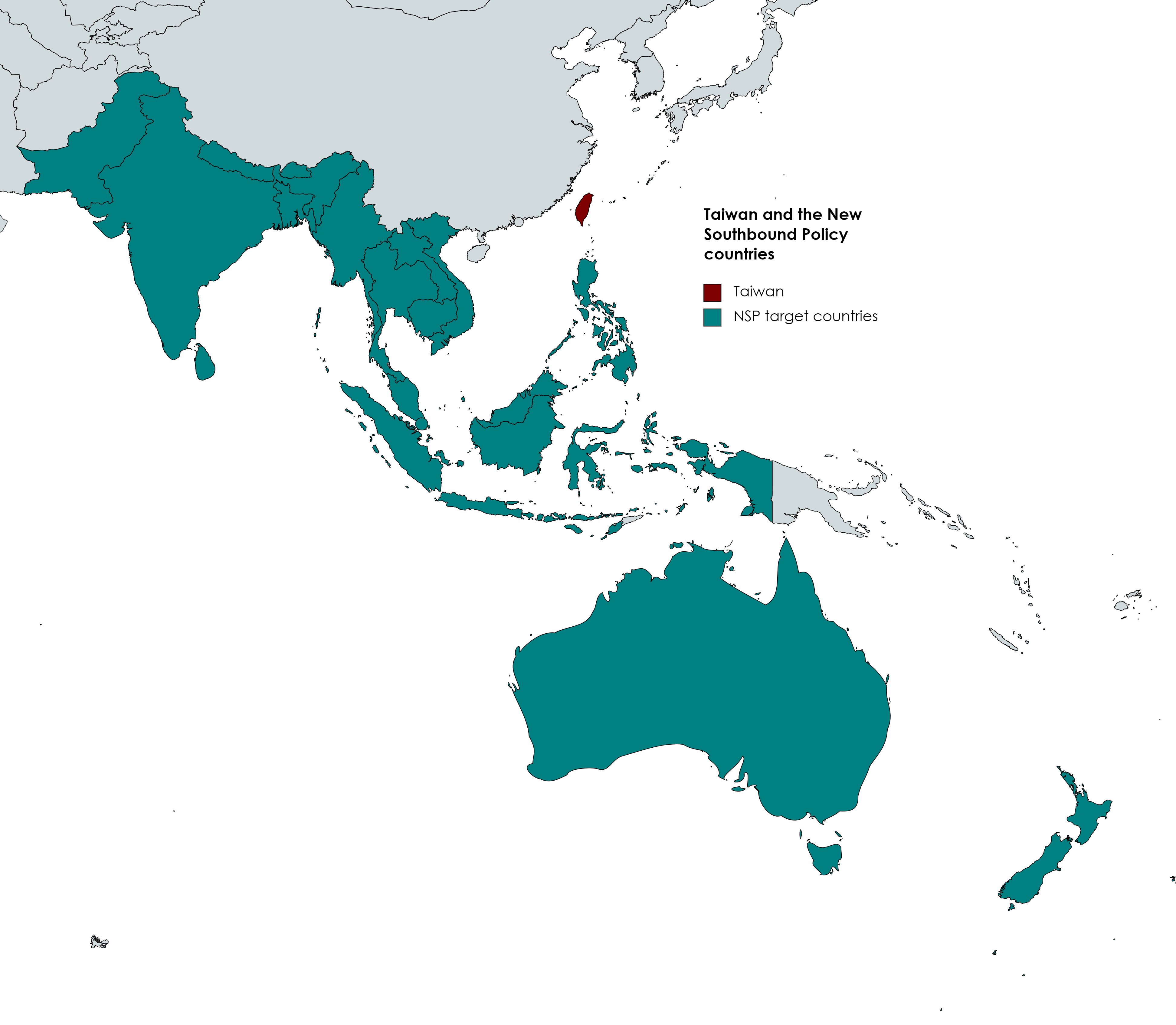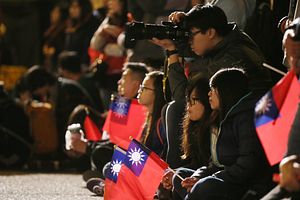The discourse surrounding Taiwan predominantly revolves around cross-strait relations, often highlighting China’s expressed “anger” and perceived provocations. Remarkably, there has been limited attention paid to Taiwan’s strategies in response to China’s aggressive actions and gray zone tactics.
Taiwan’s response extends beyond mere military and security considerations, aligning with its overarching policy of avoiding provocation, upholding the status quo, and refraining from any military actions. Taiwan’s primary focus is twofold: bolstering its self-defense capabilities and expanding its external diplomatic outreach efforts. It is increasingly apparent that as more countries engage in discussions and deliberations regarding cross-strait relations, their understanding of the potential risks associated with the situation in the Taiwan Strait advances. Consequently, they are better equipped to discourage any potential invasion of Taiwan by China.
A key policy implemented by Taiwan to counter China’s shrinking of Taiwan’s international space was the New Southbound Policy, launched by President Tsai Ing-wen in 2016. This policy was designed to expedite Taiwan’s efforts to foster stronger ties with countries in both its immediate and extended neighborhood. The New Southbound Policy stands out as a successful regional strategy that effectively balances reliance on a single market (i.e. China) while strategically fostering multifaceted collaborations through cross-sectoral partnerships, despite the pressures exerted by China.

Taiwan and the 18 countries included under the New Southbound Policy framework.
Significantly, the launch of the New Southbound Policy coincided with the emergence of the Indo-Pacific framework. Notably, several Western countries recognized the imperative to shift their focus toward Asia and bridge the gap between countries spanning the Indian and Pacific Oceans. Nonetheless, Taiwan’s relationships with Asian countries, despite their clear importance, often receive limited attention. A noteworthy contributing factor to this is the reluctance of some countries to openly engage with Taiwan, primarily due to concerns related to China’s reaction. However, it is important to note that the lack of extensive media coverage does not equate to inactivity in this regard.
The New Southbound Policy has provided Taiwan with a vital avenue to establish connections across South Asia, Southeast Asia, Australia, and New Zealand. Taiwan’s interactions and partnerships with countries in the targeted region, particularly India and Australia, have proven to be of great significance. For instance, since the 2020 Galwan clashes between India and China, an unprecedented closeness has been observed in India-Taiwan relations, culminating in the attendance of three former Indian service chiefs at a forum organized by Taiwan’s Ministry of Foreign Affairs earlier this year. Similarly, in response to China’s imposing a 200 percent tariff on Australian wine imports, Taiwan introduced the “Freedom Wine” campaign – underpinned by the slogan that Taiwan and Australia are “stronger together” – leading to a surge in the sale of Australian wine in Taiwan.
From Taiwan’s perspective, it has actively sought to leverage the softer aspects of its policy approach. Over the last seven years, Taiwan has portrayed itself as a responsible stakeholder in the Indo-Pacific region, particularly through its efforts in bolstering medical diplomacy during the COVID-19 pandemic and promoting diversification of the supply chain in response to countries seeking to reduce their dependence on China. The primary objective has been to introduce a fresh dimension of warm power and foster collaboration in areas where Taiwan is often overlooked. Notable examples of this approach encompass healthcare, agriculture, education, economic cooperation, social resilience, and sustainable development. The objective is to cultivate goodwill and demonstrate a sustained dedication to development and welfare through diverse, enduring partnerships.
The question that needs to be addressed is whether Taiwan has successfully aligned itself and the goals of the New Southbound Policy with the priorities and interests of the countries under the framework of the policy. How is Taiwan’s call for greater engagement perceived by the recipient countries?
The short answer to this predicament is that the China factor looms large, but a more detailed examination reveals that Taiwan is increasingly seen as a potential partner in fostering mutually beneficial relationships. There has been a surge in trade and investment relations between Taiwan and the New Southbound Policy countries since the launch of the policy. There have also been a number of precedent-setting visits by parliamentarians and former heads of state to Taiwan. The visits of former Australian Prime Ministers Tony Abbott (in 2021) and Malcolm Turnbull (earlier in 2023), and a number of visits of former leaders from the New Southbound Policy countries and perceived like-minded countries for the Yushan Forum — a high-profile annual dialogue centering on Taiwan’s relations with the New Southbound Policy — serve as important examples.
It is important to highlight that unlike much of the West, most countries in the region do not necessarily view China as a direct security threat. They do, however, have concerns about China’s approach to various matters. Issues such as “debt trap diplomacy” and China’s reinforcement of its strategic interests through numerous projects raise eyebrows. Nevertheless, these countries still recognize China as an essential economic partner. Their prioritization of relations with China does indeed affect the possibilities for engagement with Taiwan.
Another noteworthy aspect is that the 18 countries within the policy framework exhibit diverse approaches, interests, and expectations concerning Taiwan and China. This diversity is a critical factor explaining why Taiwan has been able to cultivate stronger relations with countries like Australia and India, while its connections with other New Southbound Policy countries remain, at best, limited.
For a holistic approach, Taiwan needs to foster closer relations with the countries in the region that see benefits with courting China but at the same time, are overcoming their hesitancy in engaging more with Taiwan in areas such as trade and investment, technology, and education. This also highlights that among some Asian countries, Taiwan’s existence is moving beyond the China factor.
It, anyway, is crucial to acknowledge that Taiwan is much more than its problems with China and relations with the West. There is a vast world beyond China and the West, offering a multitude of opportunities to address common concerns and collaborate on advancing shared interests. Taiwan cannot afford to miss the opportunity to establish itself as a credible partner in the Indo-Pacific by effectively implementing the New Southbound Policy. In the absence of diplomatic recognition, this may well be Taiwan’s path to achieving greater international recognition and inclusion.
The New Southbound Policy, however, has not received the attention it deserves from both Taiwan and the target countries. Strengthening the policy and clearly communicating its objectives and interests to partners may create opportunities for greater cooperation between Taiwan and the countries within the New Southbound Policy framework.

































